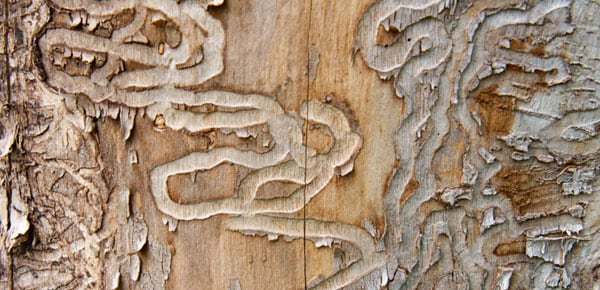


















We were delighted to read about the success of a former PhD student who spent three years working in our Aarhus office. Elizabeth Sollars of the School of Biological and Chemical Sciences at Queen Mary University of London was the first author of a paper recently published in Nature. Titled “Genome Sequence and Genetic Diversity of European Ash Trees,” the paper describes the team’s genomic investigation into the genetics behind susceptibility of ash trees to the ash dieback disease, caused by the fungus Hymenoscyphus fraxineus. In addition, the genome sequence will aid researchers in North America investigating ash tree susceptibility to the Emerald Ash Borer beetle, Agrilus planipennus.
Sollars and her team have published the first genome sequence of an ash tree, using a sample from Gloucestershire in the UK, and they have resequenced a further 37 specimens gathered from around Europe. After annotating protein coding genes and mapping genetic variants, they then identified improved markers for reduced susceptibility to H. fraxineus and posited that their findings might help mitigate the epidemic of the ash tree dieback; in particular they found the metabolite iridoid glycosides were a factor in the disease susceptibility. The team used CLC Genomics Workbench for a wide variety of tasks throughout the project, including the trimming of NGS data, de novo assembly of chromosomes and organellar genomes, the annotation of the organellar genomes, and detection and analysis of genomic variants.
We are always proud to learn about how our solutions pave the way to greater understanding of the world around us, and even more so when the efforts are led by an esteemed former colleague. Congratulations to Elizabeth and the whole team!